Ram pumps are popular hydraulic pump varieties, particularly among other hydraulic water pumps. Agricultural, waste management, sewage, plumbing, engineering and manufacturing industries utilize hydraulic ram pumps to transfer water, though only about 10% of the water used to run the pump reaches the intended end point. Read More…
Here at Metro Hydraulic Jack Co. we manufacture hydraulic solutions for a number of markets including: agricultural, municipal, construction, mining and transportation. Our company has an extensive history of engineering success. If you are unsure what hydraulic products are best for your task then just let one of our representatives know your application and we can handle the rest!

Established in 1972, Hyseco specializes in hydraulic & fluid power products. We provide numerous products including hydraulic pumps, cylinders, motors and power units. Our field service operates 24/7 and serves all industries. Visit our website for more information regarding our products as well as the capabilities we offer. Thank you for considering Hyseco.
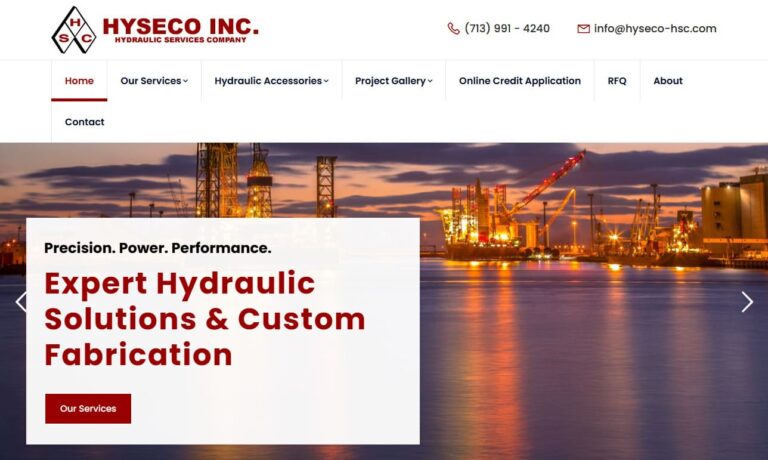
Hader Industries is a manufacturer of hydraulic components. We custom-engineer hydraulic cylinders, valves and accumulators for mobile equipment. We have been servicing various industries for over 70 years. If you have any questions about our products or services then please give us a call today to learn more!
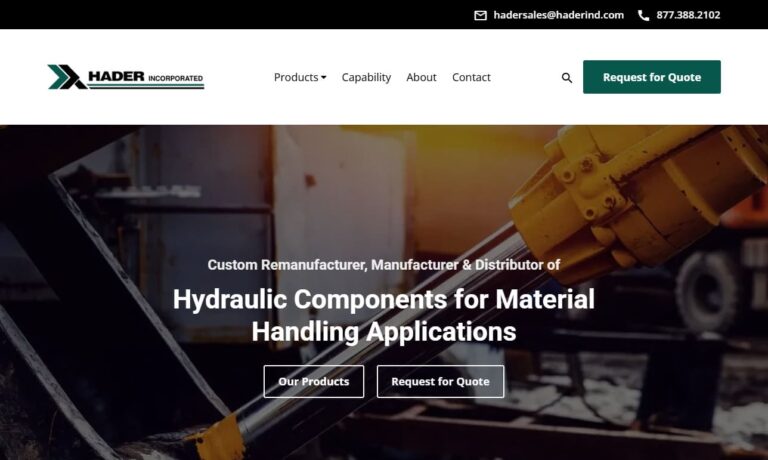
At International Fluid Power of America, we take pride in delivering hydraulic solutions that keep industries moving with strength and precision. Our expertise centers on hydraulic pumps, which we design, supply, and support to ensure optimal performance in demanding applications.
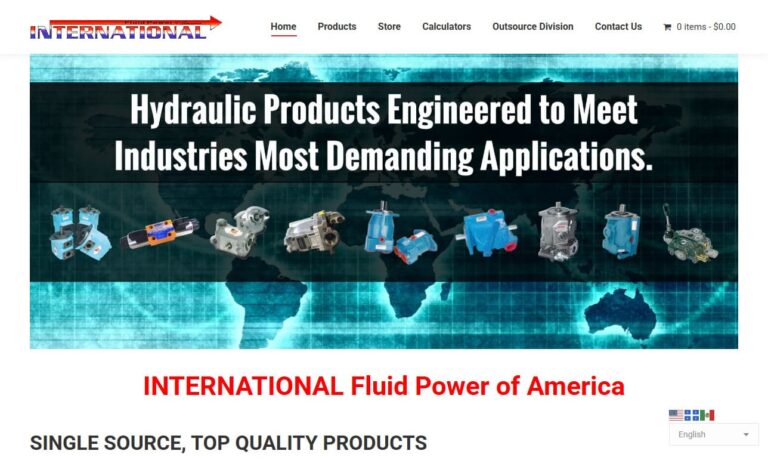
More Hydraulic Ram Pump Manufacturers
Despite this drawback, the use of hydropower rather than an external source of energy to run this particular type of pump makes them a popular option in developing countries, where access to the electricity and fuel that are used to power motorized pumps can be scarce. The use of hydropower also significantly cuts energy costs for industrial plants and factories. Another benefit of the hydraulic ram is that it has only two moving parts, making installation relatively easy in areas where water is free flowing or falling.
The amount of water and the rate of fall have a significant impact on the success of the pump. A small amount of water that undergoes a significant fall can transport as much liquid through the delivery pump, as can a larger amount of water with a lesser fall. It is important to consider this when selecting both the water source and location of a pump. Size, length, diameter, maximum and minimum flow rates and operating speed should also be considered.
As aforementioned, the hydraulic ram pump has only two moving parts: the waste valve and the delivery valve. Additional components include an inlet drive pipe, a pressure vessel and a delivery pipe. The length of the pipes vary, though the length of the drive pump should be five to twelve times the vertical distance the water must travel. The pipes are constructed of durable metals such as stainless steel, copper or aluminum. A process known as plate rolling is used to manufacture the pipes for hydraulic ram pumps.
The valves are made of compatible metal components and often have rubber rings to allow for an airtight seal when closed. The hydraulic ram pump follows a fairly simple order of operation, which repeats as needed to supply the necessary amount of water to the delivery pipe. The water first flows through the drive pipe, at the end of which is the waste valve. Initially, the waste valve is open. As water flows through the pipe by the force of gravity, it builds up speed and kinetic energy.
This applies pressure to the waste valve, eventually closing it and creating a water hammer, or pressure surge resulting from the sudden stop. The force of this surge opens the delivery check valve, and the water flows through the pressure chamber and delivery pipe. The pressure in the pump then falls, the delivery valve closes, the waste valve reopens and the cycle repeats. While the pressure chamber is not an essential component, it provides a more constant flow than pump systems that do not include the chamber.

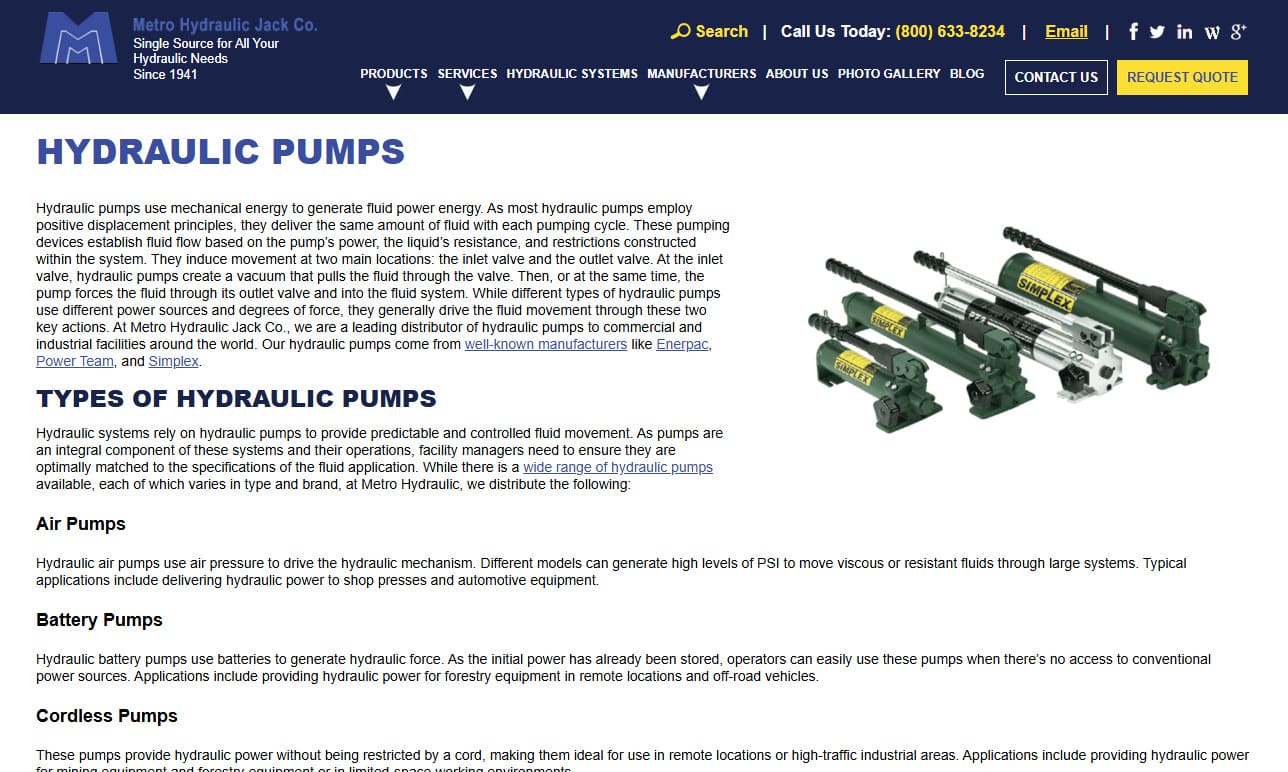
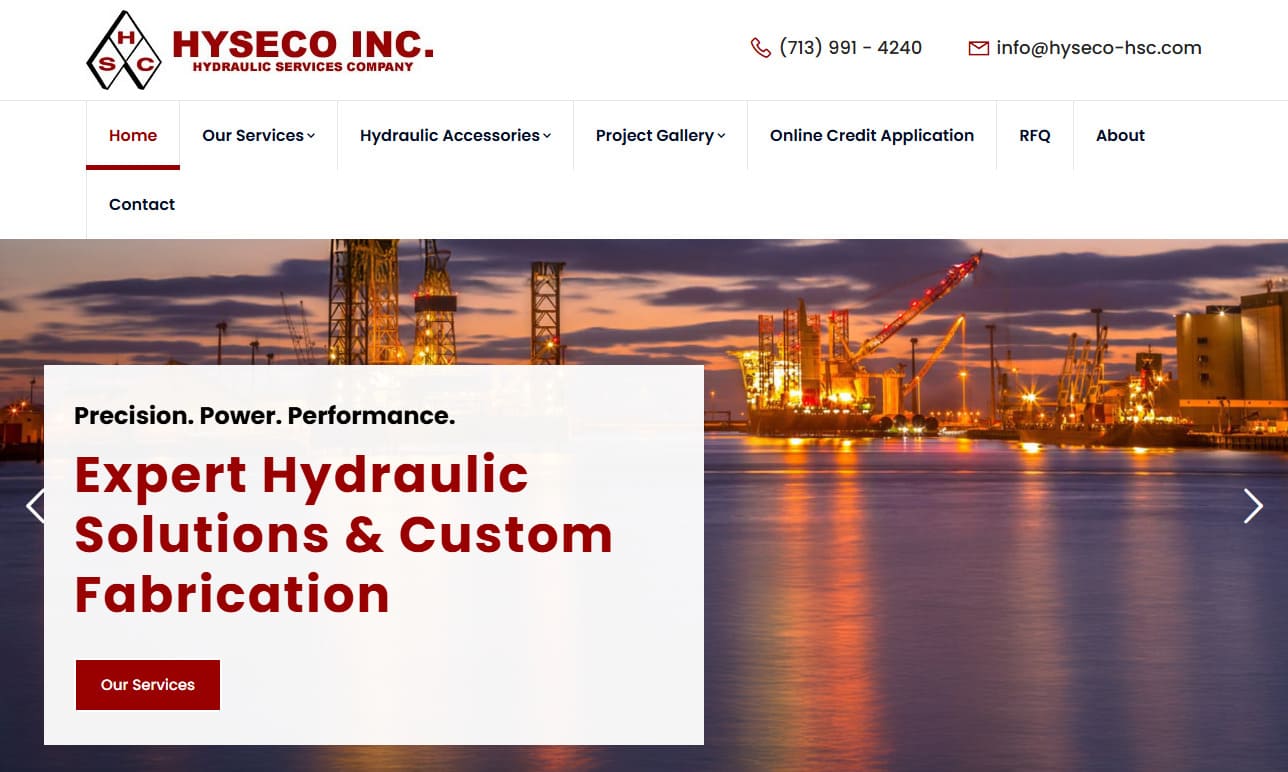
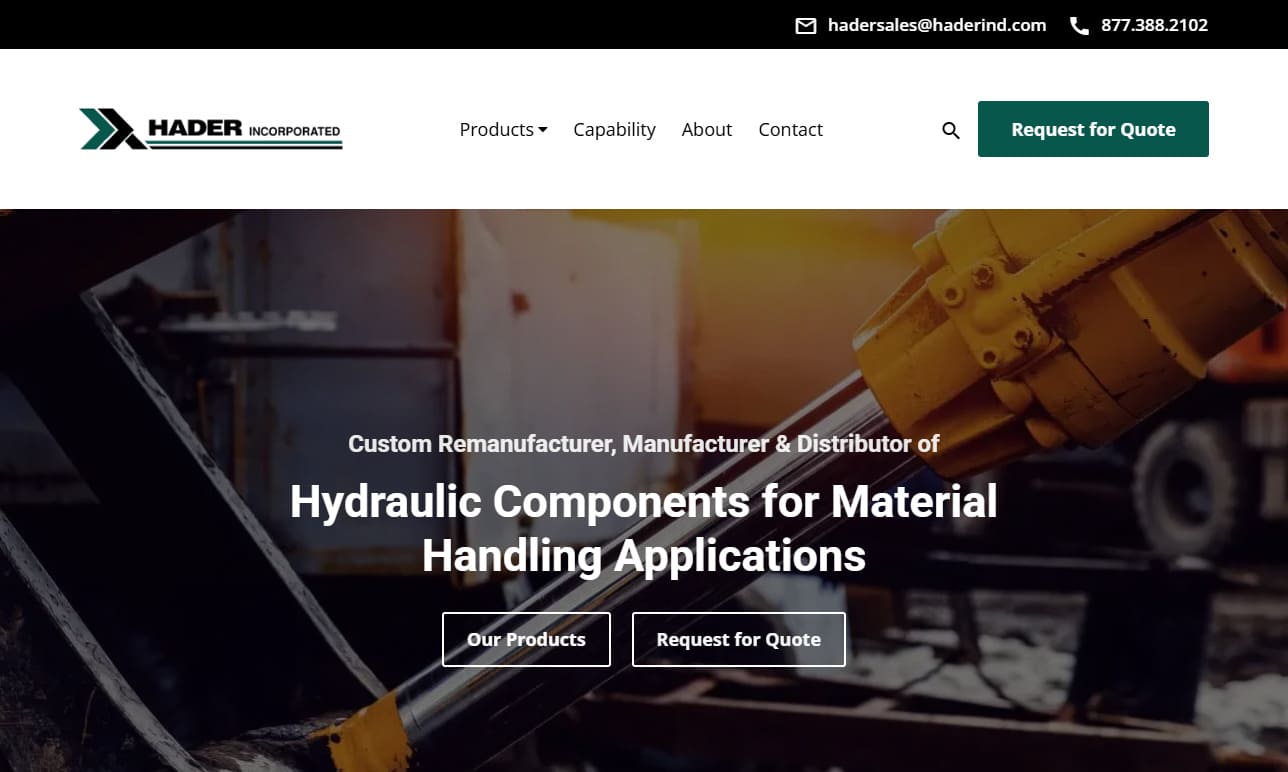
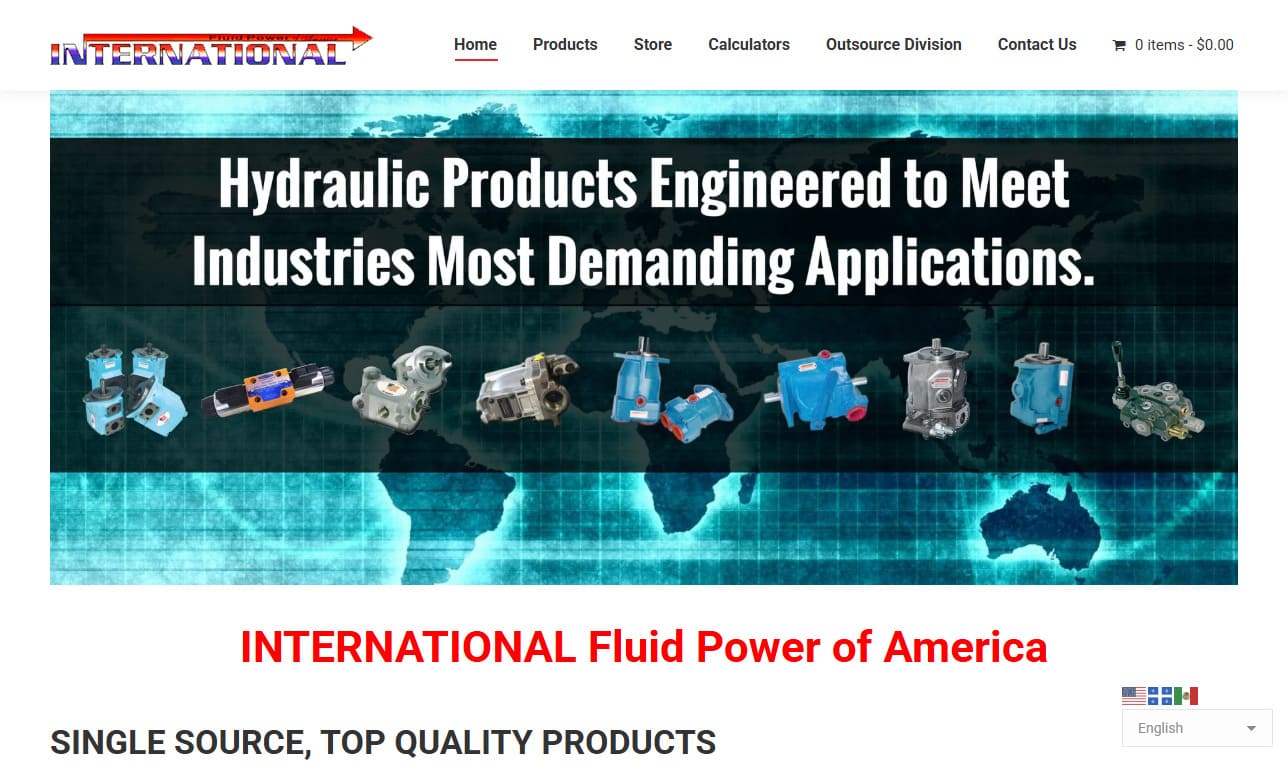
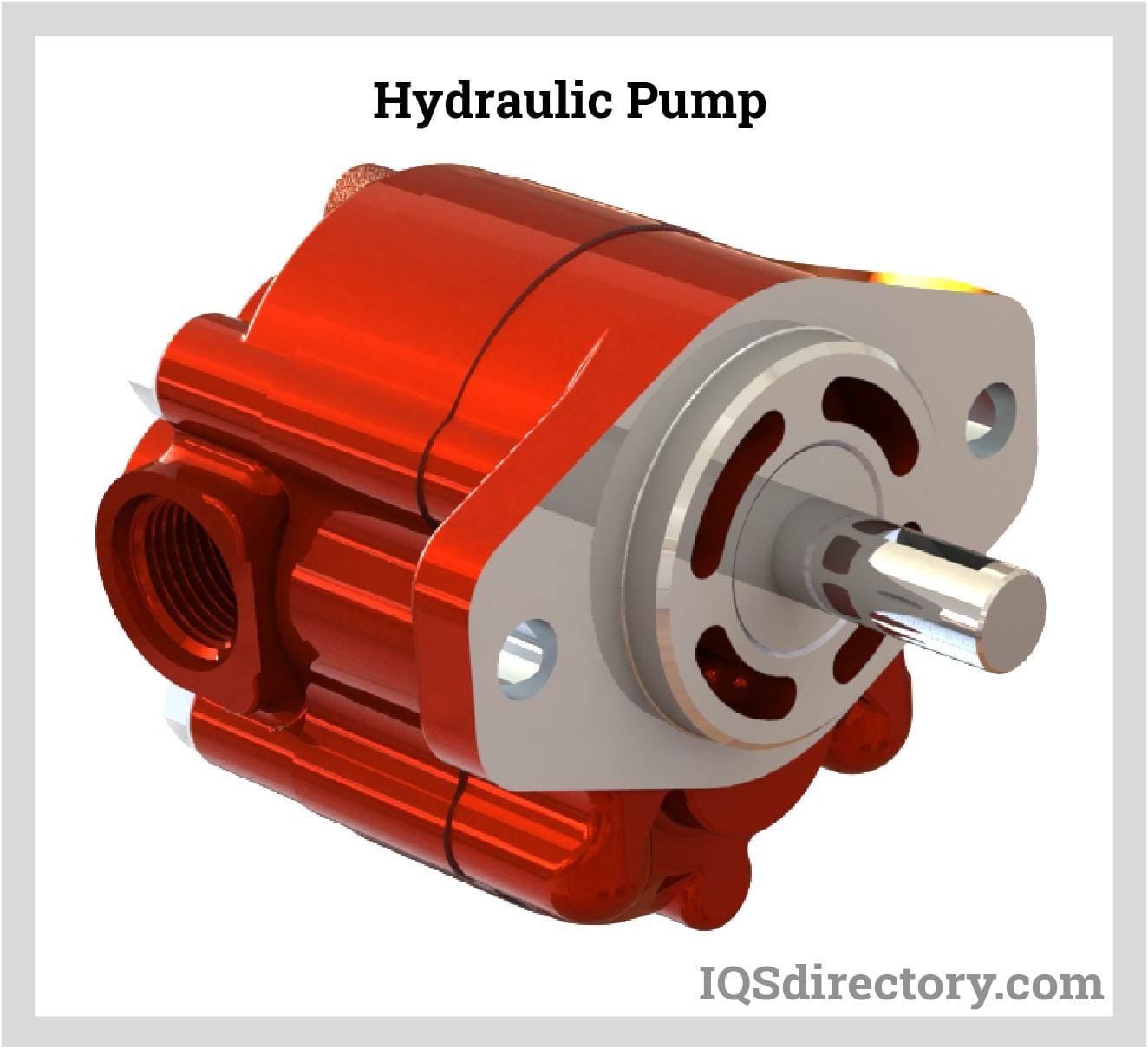
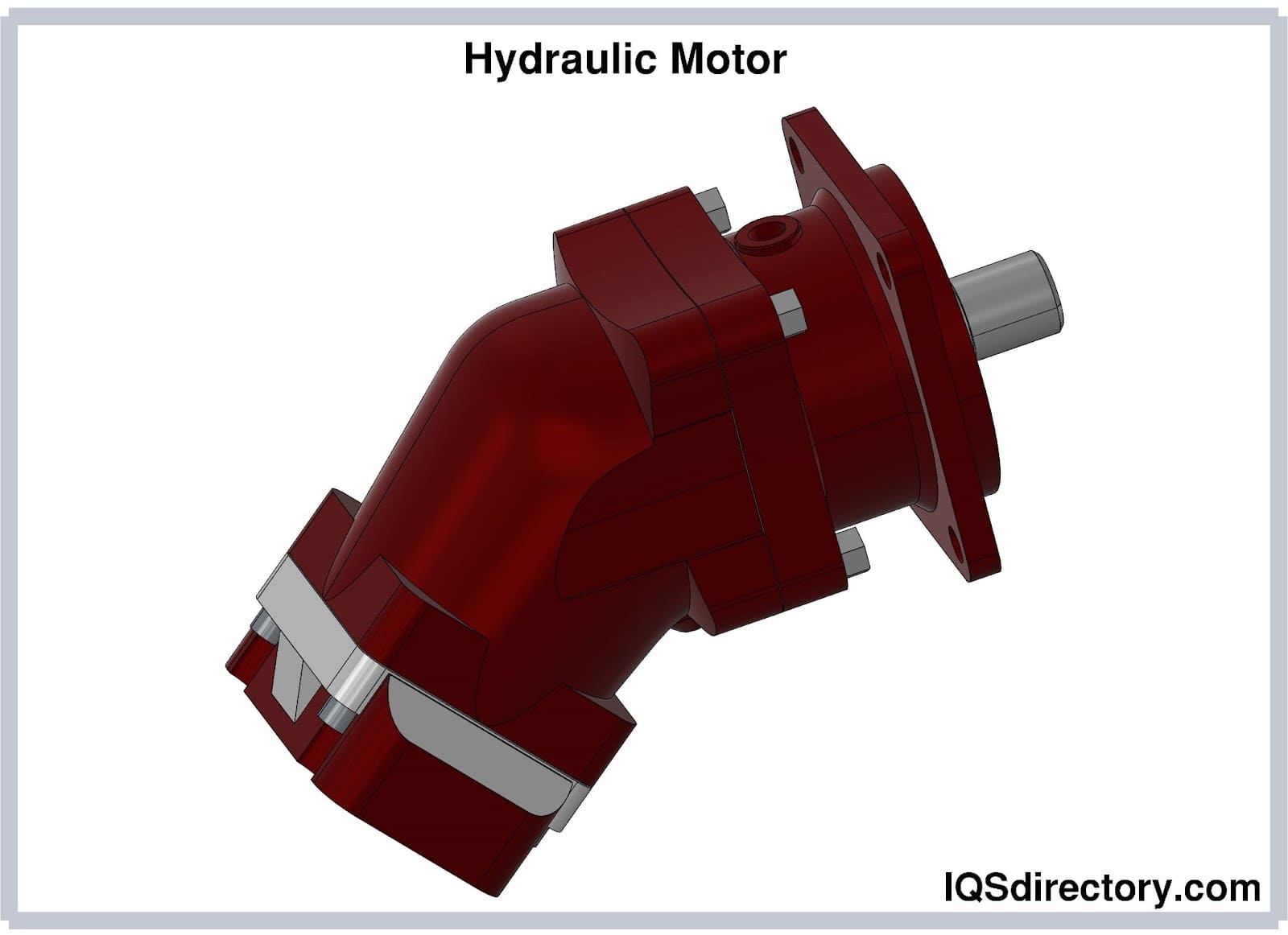
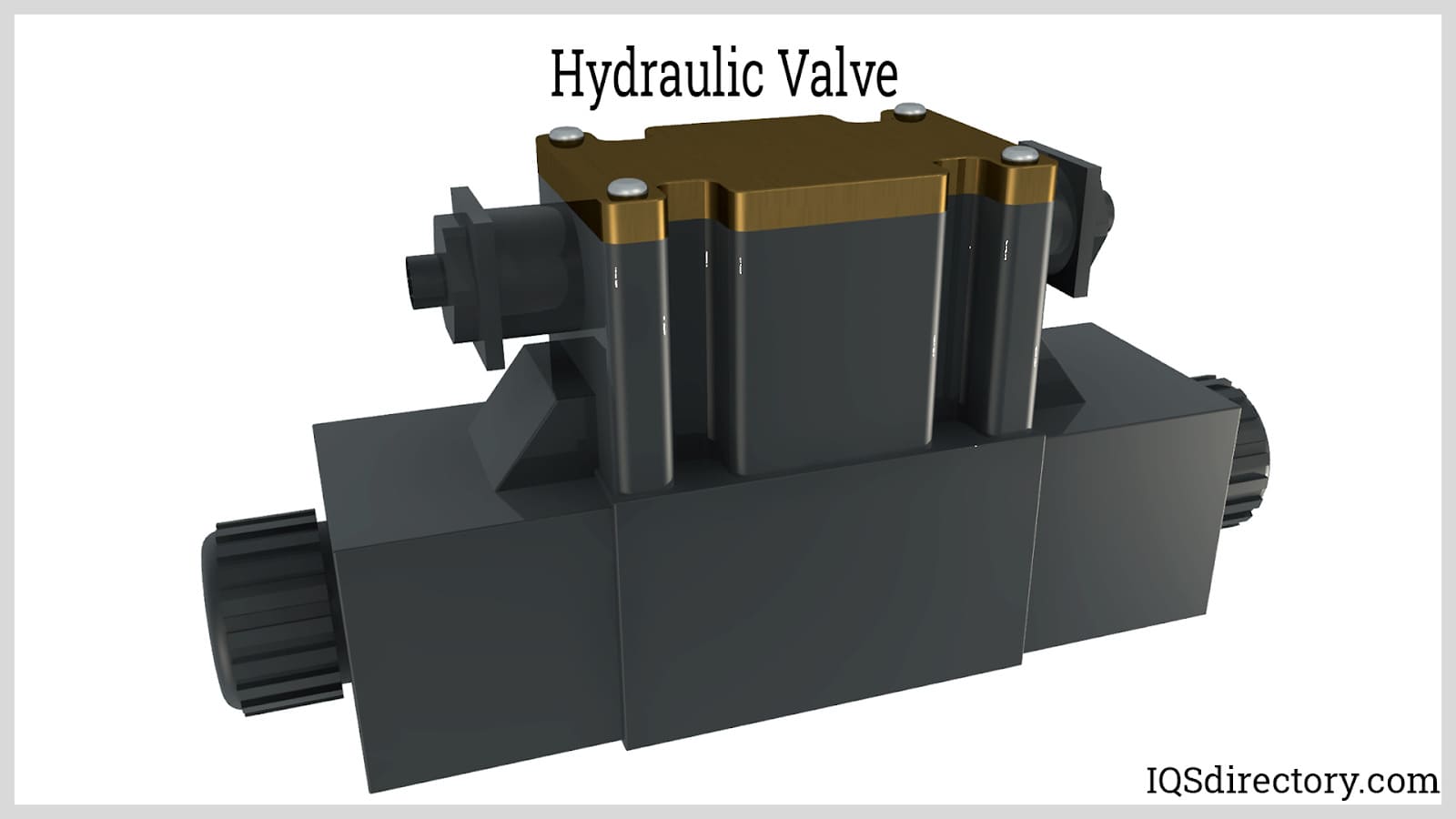
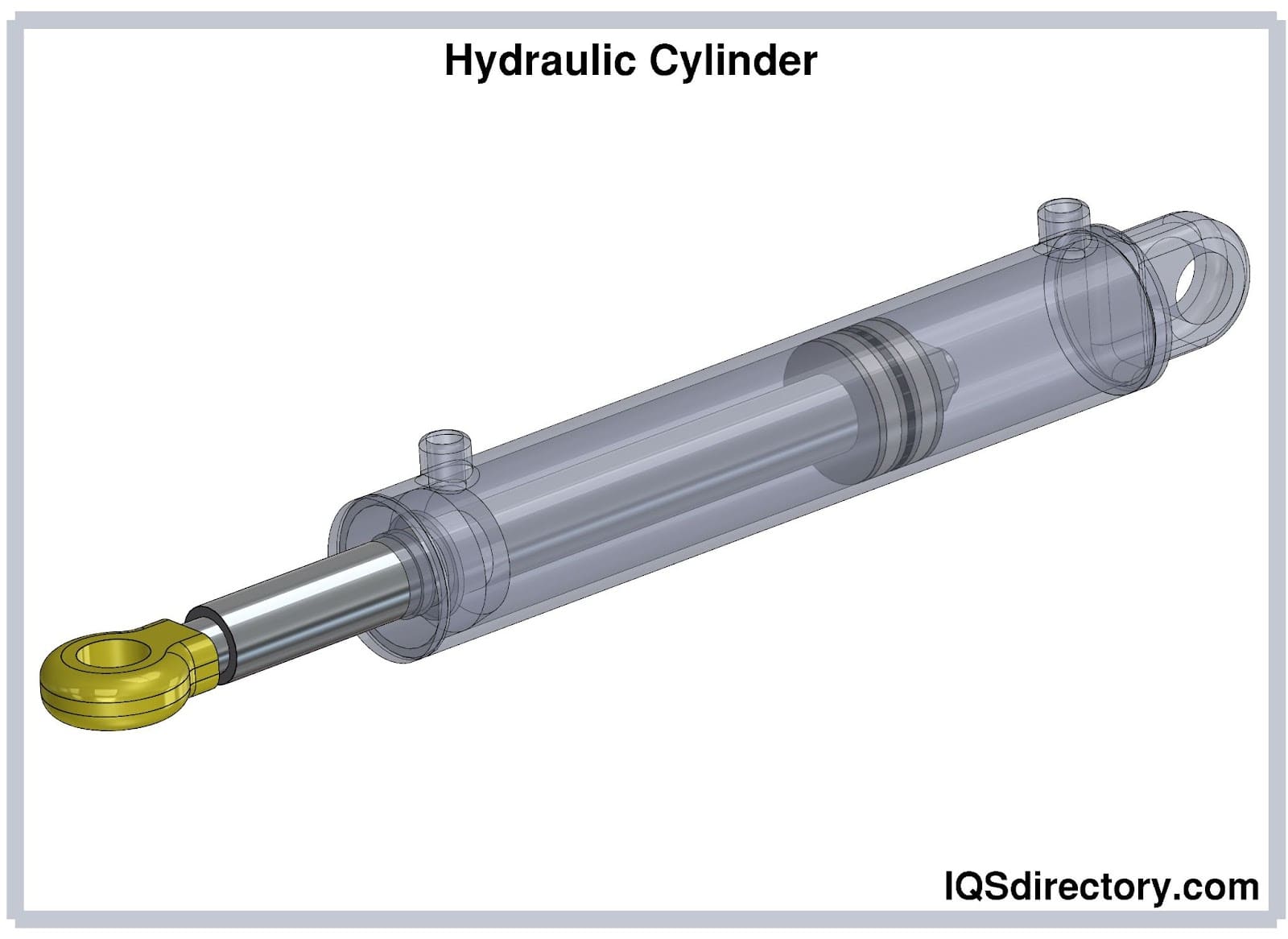
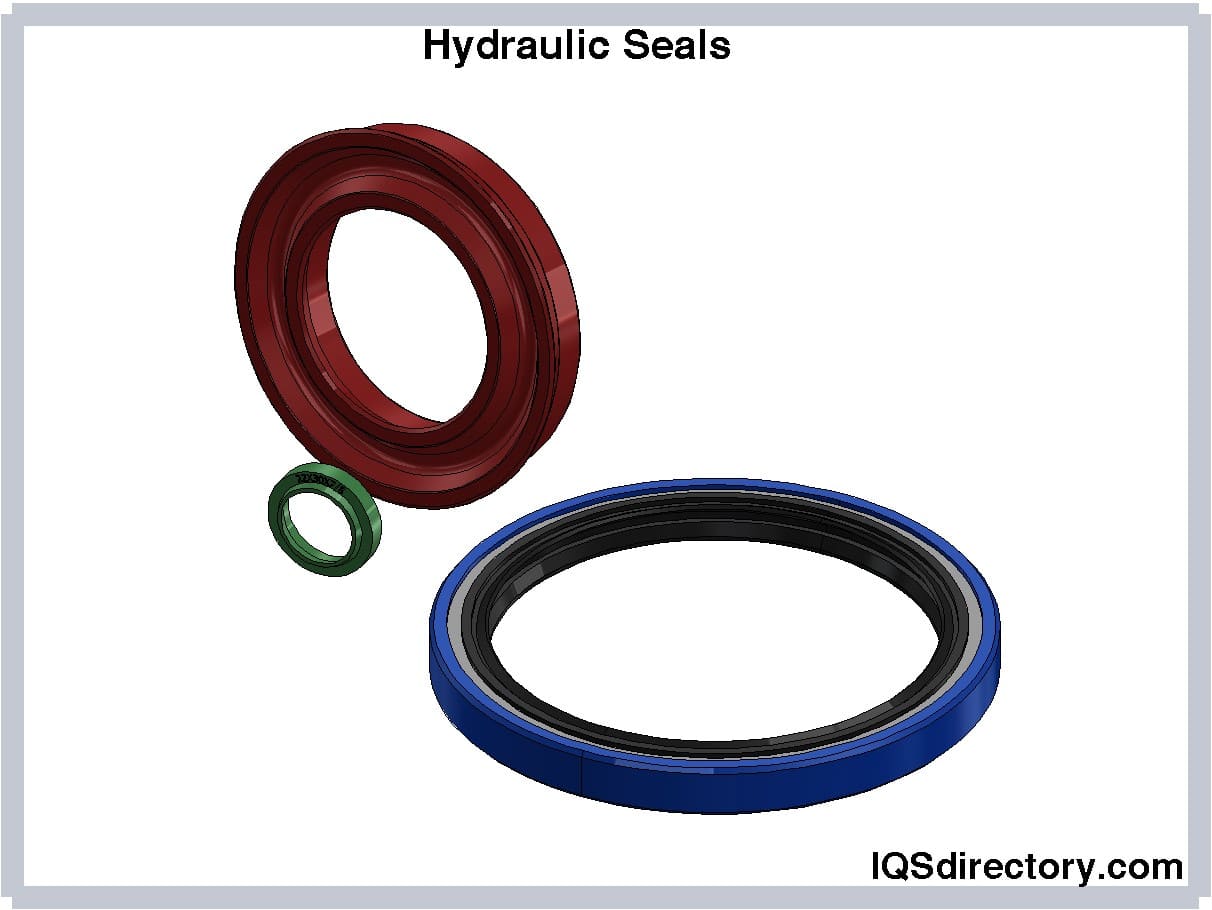
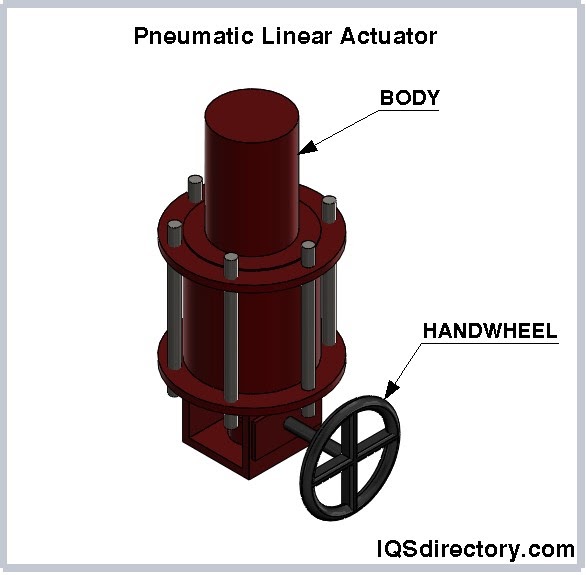
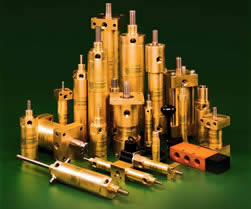 Hydraulic Cylinders
Hydraulic Cylinders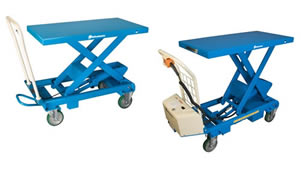 Hydraulic Lifts
Hydraulic Lifts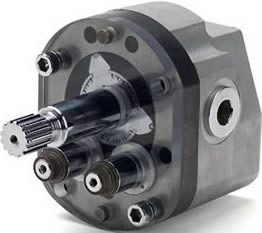 Hydraulic Motors
Hydraulic Motors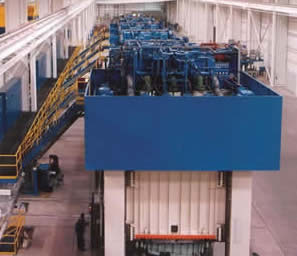 Hydraulic Presses
Hydraulic Presses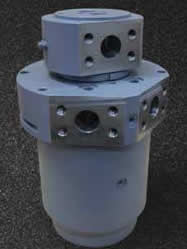 Hydraulic Pumps
Hydraulic Pumps Hydraulic Seals
Hydraulic Seals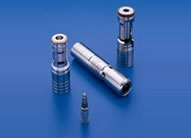 Hydraulic Valves
Hydraulic Valves Castings & Forgings
Castings & Forgings Bulk Material Handling
Bulk Material Handling Electrical & Electronic Components
Electrical & Electronic Components Flow Instrumentation
Flow Instrumentation Hardware
Hardware Material Handling Equipment
Material Handling Equipment Metal Cutting Services
Metal Cutting Services Metal Forming Services
Metal Forming Services Metal Suppliers
Metal Suppliers Motion Control Products
Motion Control Products Plant & Facility Equipment
Plant & Facility Equipment Plant & Facility Supplies
Plant & Facility Supplies Plastic Molding Processes
Plastic Molding Processes Pumps & Valves
Pumps & Valves Recycling Equipment
Recycling Equipment Rubber Products & Services
Rubber Products & Services